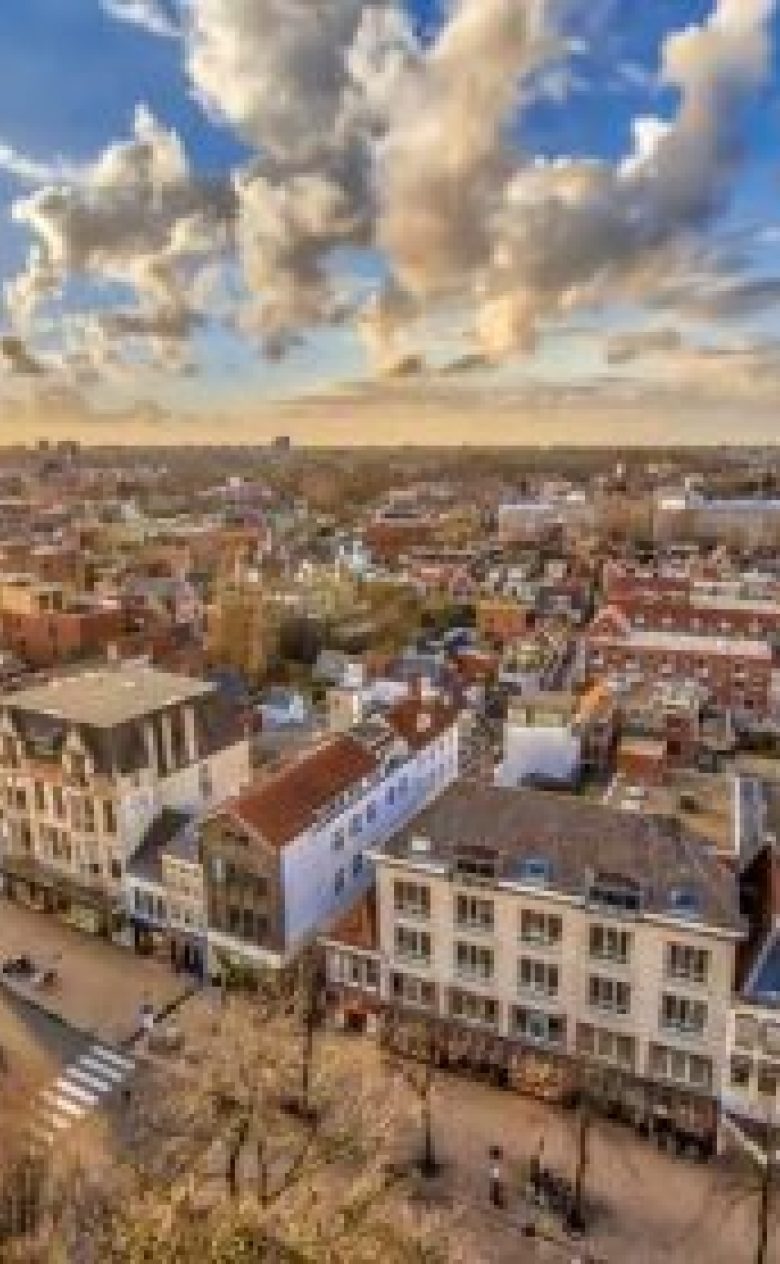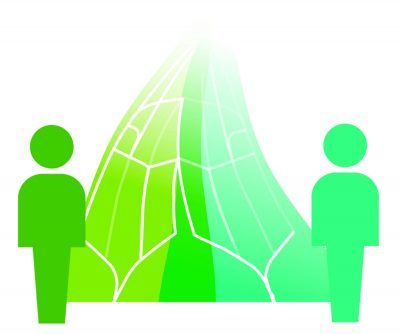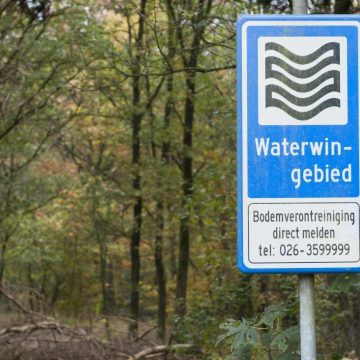Climate adaptation and mitigation can, and must, reinforce each other as much as possible
Where should we be building now we are looking climate change in the face? Should we be investing in energy-intensive industries in low-lying areas of the Netherlands? How can cities be climate-resilient as they grow? Given the urgent challenge of climate mitigation, which has to accelerate in parallel with climate adaptation, policymakers and other decision-makers often find it difficult to do justice to the two policy areas (and others). Climate mitigation and adaptation are separate worlds, in terms of both policy and science. A paper commissioned by the Delta Programme was published today by Deltares and Eindhoven University of Technology. It explains how and why the two worlds can be more connected.

Consequences of climate change already apparent
The authoritative IPCC climate report states that, as global warming increases, a range of effects will become more severe, resulting in humanitarian suffering and ecological damage, especially if warming exceeds one and a half degrees. National and international efforts are therefore focusing on tackling climate change at source: serious work is going into climate mitigation, in other words combating climate change. The European Climate Act sets out agreements about the reduction of greenhouse gas emissions to a climate-neutral level by 2050.
The effects of warming are already apparent: rising sea levels, drought and more frequent heat waves and torrential showers. So in addition to climate mitigation, we also need climate adaptation: measures designed to adapt our country to the changing climate.

By coordinating adaptation and mitigation more, we can start to accelerate the two and avoid investments we will regret later. This essay provides a first step but we need to go into greater depth if we want better tools for practical use.
Marjolijn Haasnoot (Deltares climate adaptation researcher)
Need for coordination
The IPCC argues that mitigation and adaptation measures can reinforce each other when they are implemented in coordinated ways. But they can also work against each other if they aren’t. At the same time, climate change is happening even faster than previously thought and there is increasing pressure on space because mitigation and adaptation measures, as well as measures for nature conservation or housing, meet in the same cities and rural areas.
Leveraging coordination and preventing negative interactions are now absolutely vital if the Paris goals are to be met. The paper “Synergy between Climate Adaptation and Mitigation” sets out in greater detail how mitigation and adaptation are related and why it is necessary to address these policies in conjunction.
Three cases
The paper "Synergie tussen klimaatadaptatie en -mitigatie" (in Dutch only) does this on the basis of the recent IPCC reports and three practical cases showing how mitigation and adaptation affect each other in the Netherlands: in Eindhoven, the Rijnenburg polder near Utrecht and in the port of Rotterdam. The cases describe three very different situations – from making the centre of a city climate-resilient to making Europe’s largest port sustainable. There are a number of common areas. In particular, the barriers that stakeholders run up against are virtually identical in the three situations.
Those barriers include the lack of managerial tools to address complexity and a lack of leadership. Complex issues require an unambiguous plan for systemic changes, which require an overall picture of where the government wants the Netherlands to go in the area of the climate and the related challenges facing society.
Recommendations
The recommendations in the paper include communicating the need to identify synergies at the administrative level, and to conduct joint explorations with the mitigation community of systemic changes that combine the adaptation and mitigation required, both in urban settings and beyond.
This is because major investments in energy infrastructure, some of them outside the dikes, may result in more lock-in, potentially constraining long-term adaptation options. It is advisable to conduct climate-resilience analyses for the measures implemented as part of the energy transition and the Climate Agreement. And also to look at the long-term investments in mitigation that affect climate adaptation.
Planning that is guided by water and soil and that also takes a warmer, drier and wetter Netherlands into account requires the rethinking of the delta. Climate change can be mitigated by sequestering greenhouse gases, for example by raising the water level in peatlands and with other adaptation measures. A start has been made on this in the Flood Protection Programme to look at ways to reduce carbon emissions.
We need to mitigate for 1.5 degrees of warming, but adapt for 2.8 degrees, which is where we are heading now. Either way, that involves acceleration in the areas of both mitigation and adaptation, and that requires systemic changes. It sounds complicated, but it’s the most sensible and economical way forward.’
Heleen de Coninck (climate researcher at Eindhoven University of Technology)
Research agenda
Adaptation and mitigation share more and more common ground, with
each other and with other challenges facing society. An overview of the
interactions and tools needed to address complexity is lacking. Research
can help. Possible research issues are: ‘Where do adaptation and
mitigation interact, with each other and with other challenges facing
society?’ and ‘In what circumstances does it make sense to address
mitigation and adaptation in conjunction?’. These studies will produce a
more complete overview and they could help decision-makers and other
stakeholders to develop solutions jointly.


